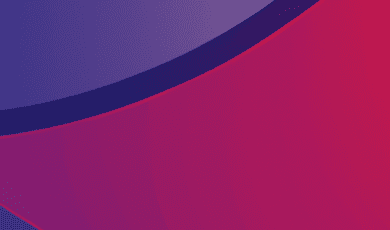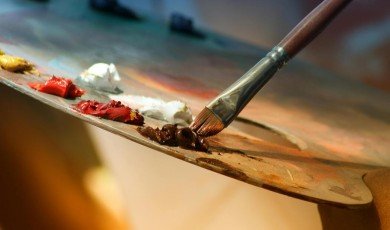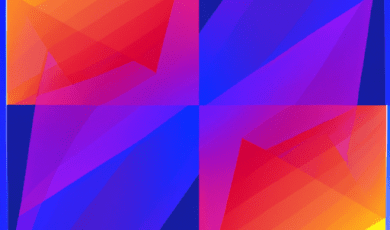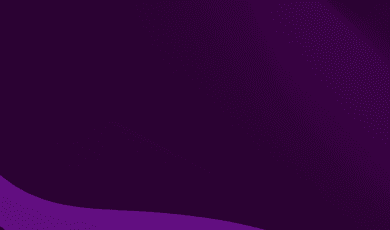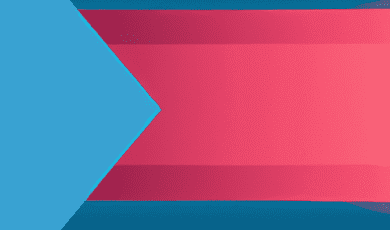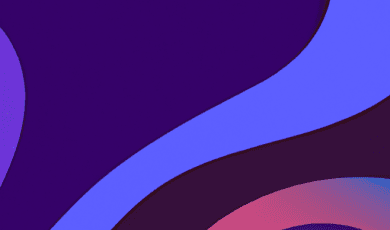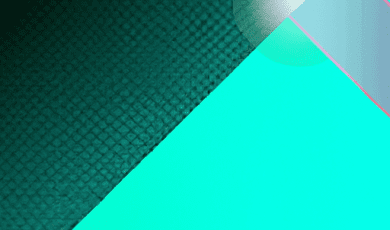
Photography, at its core, is the art of capturing a moment—a sliver of reality, an emotion, a story suspended in time. Similarly, the world of medical translation services crafts a bridge between cultures and communities, transforming critical healthcare information into accessible, life-changing knowledge through the mastery of language. While at first glance these may seem like distant realms—one, the domain of artists, the other, of scientists—the recent surge in art events and auctions around the world invites us to explore the delicate yet dynamic connection between them. Today, we delve into the emerging role of creative expression in the field of medical translation, and its importance for both global healthcare and the arts community.
The Intersection of Medicine, Language, and Art
The international art scene is abuzz with exhibitions and auctions, where contemporary creators push the boundaries of their medium. Photography festivals from Paris to Tokyo remind us that visual storytelling can transcend linguistic barriers. Recognizing this, medical translators are increasingly drawing upon the principles of artistic expression—nuance, sensitivity, and cultural awareness—to enhance their specialized work.
Medical translators are entrusted with more than just words; they must accurately convey complex health information, vital instructions, and emotional messages between patients and providers worldwide. Like photographers seeking the perfect angle to encapsulate a narrative, these professionals balance technical precision with empathy and creativity. Just as an evocative photograph can communicate across linguistic divides, a well-rendered translation ensures that meaning, intent, and urgency are not lost.
Healthcare Translation Services: Artistry in Precision
At esteemed international events—such as the World Photo Festival in Berlin or the Human Condition Art Auction in New York—artists and photographers are celebrated for their ability to capture the unseen facets of our existence. Translators working within healthcare translation services similarly wield a nuanced command of their craft, employing imagination to solve complex challenges that arise when conveying intricate medical terminology across languages.
Consider the process of translating a patient intake form, an informed consent, or the intricate details of a clinical trial. In these scenarios, literal translation is rarely sufficient. The medical translator must engage in creative problem-solving, adapting expressions, metaphors, and terminologies to align with the target culture while staying true to the source material. This interplay of accuracy and inventiveness creates a vibrant tapestry, echoing the way artists transform reality through their lens.
For instance, French photographer Camille Boussarie’s recent exhibition, “Healing Through Light,” used portraits and medical imagery to highlight disparities in global healthcare communication. At the exhibition’s auction, several pieces benefited organizations devoted to supporting accessible health education. Here, visual art and healthcare translation find common ground: both endeavors strive to foster understanding and empathy across divides.
Challenges and Innovations in Medical Translation
The rise of digital platforms and international collaborations in the art world mirrors the advancements in medical translation services. New technologies such as AI-assisted translation tools offer innovative ways to improve speed and accuracy, yet the human touch remains irreplaceable. Creative expression is the antidote to sole reliance on algorithms, especially when tackling idiomatic language or culturally sensitive contexts.
For example, a medical photographer documenting a tuberculosis intervention in rural India must work closely with healthcare translators to ensure that every instruction is both visually and textually accessible. Their collaborative process mirrors the synergy seen in group art installations or performance pieces—where multiple talents synchronize their skills to reach a wider audience.
In addition, recent art auctions have sparked a conversation regarding the ethical responsibilities of creative professionals and translators alike. Just as artists are tasked with portraying subjects truthfully and respectfully, translators bear the duty of rendering medical information with both fidelity and respect for cultural beliefs—a concept that has led to specialized workshops hosted alongside photo exhibitions in cities like Amsterdam and Buenos Aires.
The Role of Photography in Healthcare Communication
As visual artists seek to document the human condition, their work often intersects directly with healthcare communication. In global medical campaigns and awareness events, photography is used to complement and reinforce translated materials. This fusion enables organizations to connect emotionally with diverse audiences, making complex health messages more relatable and memorable.
A striking example comes from the biennial “Art for Health” auction in London, where leading photojournalists collaborated with healthcare translators to create bilingual exhibits on pandemic resilience. The resulting multimedia narratives provided both visual impact and linguistic accessibility, ultimately raising funds for translation services in under-resourced communities.
This collaboration reaffirms that both photography and translation are, at heart, creative endeavors that demand careful interpretation, cultural fluency, and a commitment to shared understanding.
The Art Events Leading the Way
Around the globe, a growing number of art events and auctions emphasize the importance of interdisciplinary collaboration in the service of public health. In Tokyo’s recent “Voices Unseen” photo exhibit, curators partnered with healthcare translation services to provide multilingual captions and guided tours, ensuring that attendees from diverse backgrounds could access and engage with the art on display.
Meanwhile, the “Healing Arts” auction series in Paris incorporates interactive workshops on interpreting medical imagery, led by professionals from both the translation and photography sectors. These events underscore the mutual enrichment that occurs when precision in language meets creativity in representation—a testament to the evolving synergy between these disciplines.
Such initiatives not only democratize knowledge but also create opportunities for photographers and translators to innovate together, pushing the boundaries of their respective crafts for the greater good.
Conclusion: Inspiring Change Through Creativity and Collaboration
Photography exhibitions and art auctions around the world offer more than a feast for the eyes—they are engines of empathy, education, and cross-cultural dialogue. As these platforms increasingly intersect with the specialized field of medical translation, a new landscape emerges—one where creative expression is a catalyst for progress in global healthcare communication.
Whether through the subtle adaptation of medical terms or the evocative power of a photographic portrait, artists and translators alike are united in their mission: to illuminate, to connect, and to heal. As we reflect on the remarkable convergence of these worlds, we are reminded that true expression—whether visual or linguistic—transcends boundaries and has the power to transform lives.
The path forward is rich with possibility. As art events and healthcare translation services continue to inspire and inform one another, we can look forward to a future where creative collaboration is at the heart of meaningful change.

